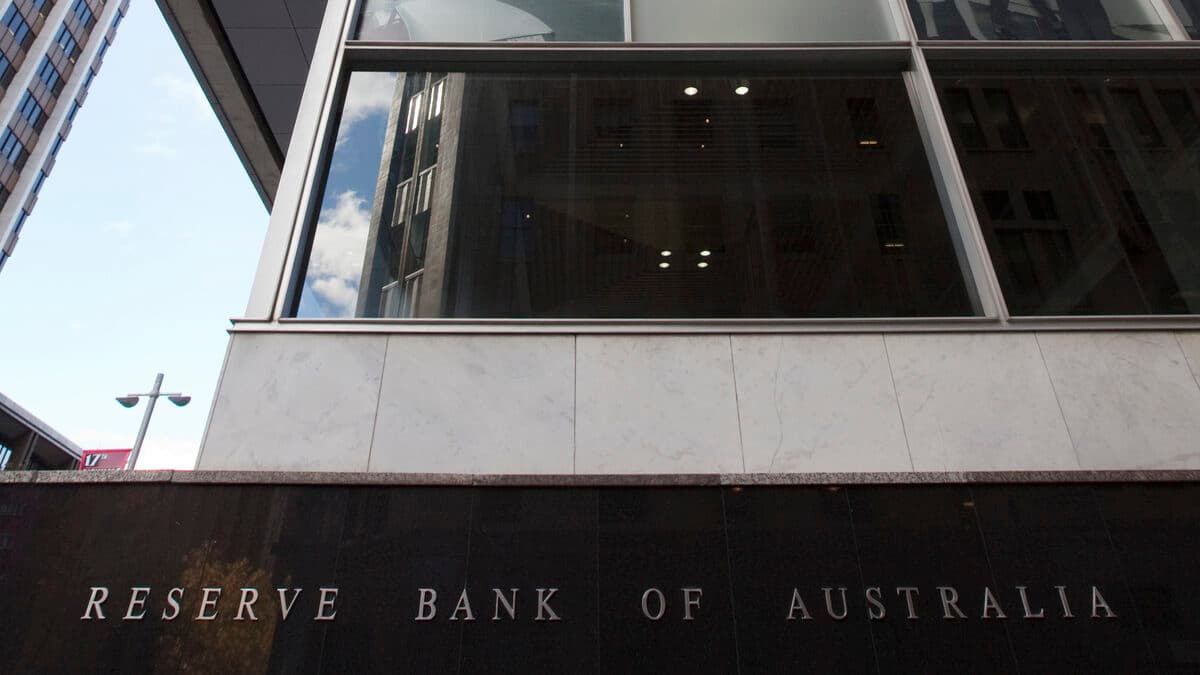The Reserve Bank of Australia (RBA) has today announced its decision to leave the cash rate unchanged at 3.60 per cent, as market analysts and policymakers expected.
This decision was made at the RBA’s April 2023 monetary policy meeting and has followed ten consecutive interest rate hikes.
The RBA’s decision to maintain the cash rate at its current level is not surprising, given the central bank’s cautious approach in recent months. The RBA recognises that monetary policy operates with a lag and that the full effect of the recent interest rate hikes is yet to be fully realised.
Currently, the cash rate target is 3.60 per cent, while the interest rate on Exchange Settlement balances is 3.50 per cent. The RBA’s decision to maintain these rates is expected to provide a degree of certainty and stability to the financial markets, sending a clear message to investors that the central bank is taking a cautious approach to monetary policy.
Earlier, the bank raised the official cash rate by 0.25 percentage points following its monthly meeting in March, bringing it to 3.60 per cent.
“The Board recognises that monetary policy operates with a lag and that the full effect of this substantial increase in interest rates is yet to be felt,” said a spokesperson for the Reserve Bank of Australia (RBA) following its latest monetary policy meeting.
“As a result, the Board took the decision to hold interest rates steady this month to provide additional time to assess the impact of the increase in interest rates to date and the economic outlook.”
According to Brett Reynolds, the Chief Investment Officer at Tiger Brokers Australia, the Reserve Bank of Australia’s decision to maintain interest rates was expected, given the recent rise in rates.
“As the market expected, the RBA has left interest rates on hold. Given the significant lift in rates we’ve seen in recent months, it is not a surprise to see the board pausing to see the impact this is having,” he notes
“This does not signify an end to the increase in interest rates. I expect rates to go higher, likely to four per cent.
While Reynolds expects the current interest rates to remain steady in May, he anticipates a 25 basis point increase by the middle of the year to bring inflation below three per cent.
Reynolds also expressed his optimism for the local share market, expecting the decision to result in all-time highs, especially in April likely. He further stated his confidence in the solidity of Australian banks.
“Our interest rates remain low against other developed economies. Inflation in many other countries is also higher, resulting in central banks continuing to raise interest rates. The outlook in Australia is much brighter than many other countries,” he adds.
‘Australian banking system is strong’
The RBA also noted that the Australian banking system is strong, well-capitalized, and highly liquid and that it is well-placed to provide the credit needed to support the economy. However, the global economic outlook remains subdued, with below-average growth expected this year and next.
Recent banking system problems in the United States and Switzerland have resulted in volatility in financial markets and a reassessment of the outlook for global interest rates.
“The outlook for the global economy remains subdued, with below-average growth expected this year and next,” RBA noted, commenting on the current state of the global economy.
The RBA’s assessment of the global economy is in line with that of other central banks, which have also expressed concerns about the current economic environment. Recent banking system problems in the United States and Switzerland have resulted in volatility in financial markets, prompting a reassessment of the outlook for global interest rates.
According to the RBA, these problems are expected to lead to tighter financial conditions, which could act as an additional headwind for the global economy. While the RBA remains cautiously optimistic about the outlook for the Australian economy, it acknowledges that external factors, such as the global economic environment, can significantly impact domestic economic conditions.
Labour market remains tight
RBA report also highlights that the labour market in Australia continues to be tight, with unemployment rates at a near 50-year low and underemployment levels also remaining low.
While a few firms have reported a slight easing of labour shortages, many still struggle to find suitable workers to fill vacancies.
The combination of a tight labour market and higher inflation is driving wages upwards. At the aggregate level, wage growth is still in line with the inflation target, but this is provided that productivity growth also improves.
Keep up to date with our stories on LinkedIn, Twitter, Facebook and Instagram.

